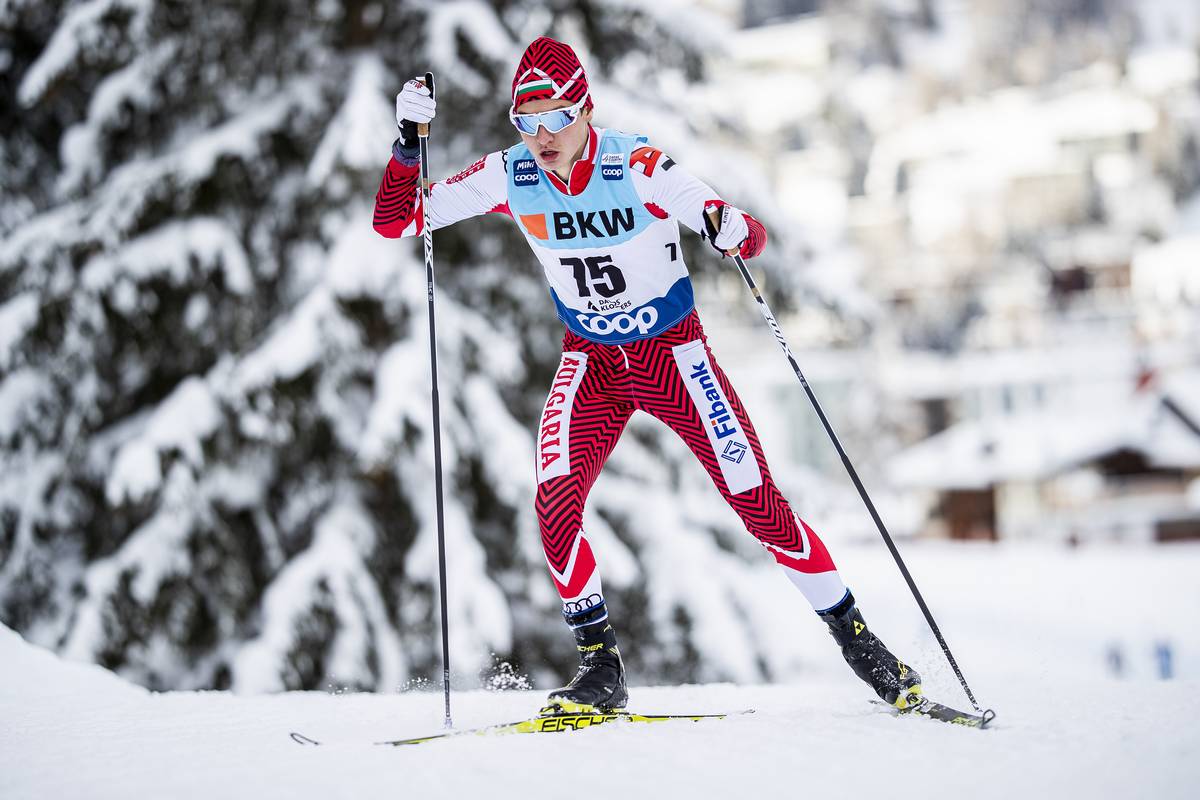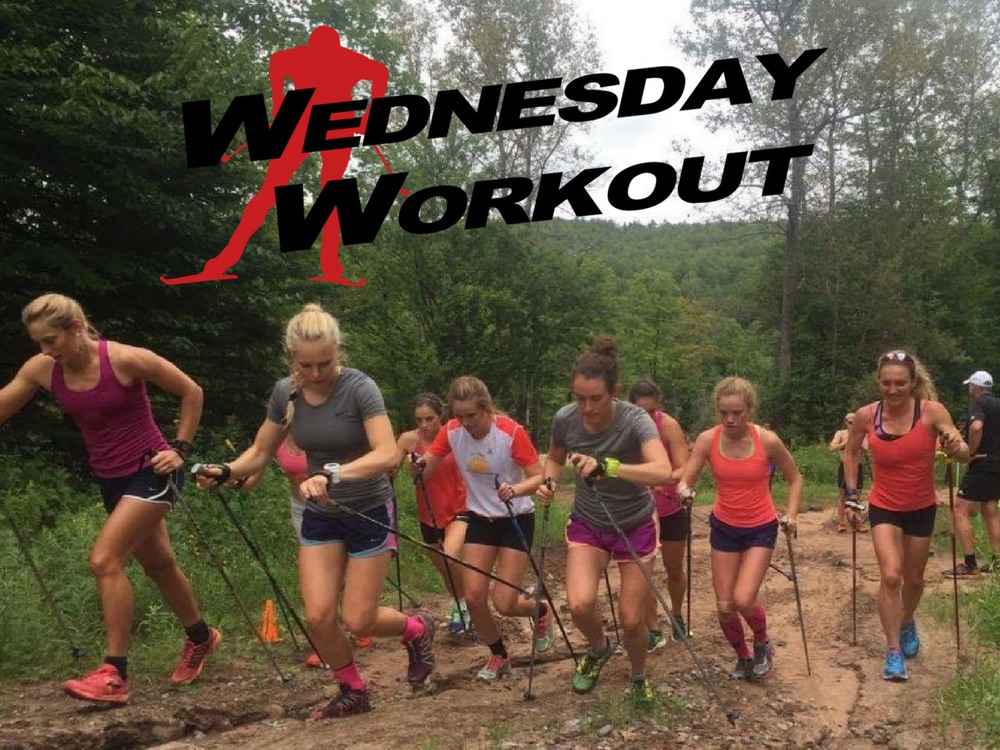The recent tragic loss of Willie Neal, an up and coming biathlete, to a rollerski/automobile collision, should not have happened. Willie was training in Maine. The New England Nordic Ski Association report stated: br /MWSC athlete killed while rollerskiing in Fort Fairfieldbr /br /Caribou, Maine – The Maine Winter Sports Center announced today that William “Willie” Neal, age 20, of Jackson Hole, Wyoming was killed while rollerskiing in Fort Fairfield yesterday. Neal, who had been named to the MWSC Regional Biathlon Team last month, was on a training session with another MWSC athlete, who was not hurt in the incident. Details of the accident are still under investigation, but according to the Fort Fairfield Police Department, the skiers were on the correct side of the road when an automobile struck and killed Mr. Neal. The driver of the automobile had recently graduated from Fort Fairfield High School.br /br /On June 2, Andrey Yarbrough, an employee of the shop here in Bend that operates Webskis.com and Webcyclery.com, was riding his bicycle before work. He was wearing a bright red and white cycling kit, a helmet and was in the bike lane when he was hit from behind by a pickup truck. The driver took his eyes off the road to reach for his cell phone. Andrey is alive because he was wearing a helmet. This week he was released from the hospital and faces months of therapy and recovery. This accident should not have happened.br / br /In both of these incidents these vulnerable roadway users were not violating rules of the road. Even so, they were both vulnerable to motor vehicle operator error. We rollerskiers and cyclists are no match for a collision with a car or truck and as more of us begin to use the roads for recreation or training there are bound to be more stories like these. Oregon has recently enacted legislation to address this situation. The non-profit advocacy group, Oregoncycling.org writes:br /br /“span style=”font-weight:bold;”Vulnerable Roadway User/span”: A European Safety Concept br /The concept of “vulnerable roadway user” has been used by planners and safety organizations in Europe to categorize and describe non-motorized roadway users. The label is a nice one because it incorporates the inherent vulnerability of humans who use the roads without being encased in a protective steel shell. Inclusion of the concept of vulnerability evokes a more sympathetic image and focuses on the shared vulnerability of these different user groups. By including vulnerable users within a single term, the requirement for protection is brought to mind to counterbalance the somewhat natural reaction some people have to improving safety by restricting access, such as by restricting bicycle access to freeways or pedestrian crossings or road access…br /br /It was extremely difficult to create an enhanced penalty when further criminal consequences were not an option, but BTA legislative committee member Doug Parrow tweaked our original language to include a non-criminal alternative of a $12,500 fine (up from $750.00) and a one-year license suspension (no license suspension was previously included in a conviction for Careless Driving). Additionally, to create an inducement for careless drivers to improve their driving skill and pay the community back for their actions, a traffic safety course requirement and 100-200 hours of community service were included as an alternative to the fine and suspension – if the program is successfully completed, then the suspension and fine would be suspended.br /br /This is a step in the right direction of encouraging driver awareness of other roadway users. Behavioral change, however, will take time. Unfortunately there will be more encounters and injuries before there will be much change. br /I know that I will be following the advice of friend and fellow masters racer John Broadhead. John has suggested the following guideline for those of us out rolling on the roads:br /br /Prepared by John Broadhead of the Craftsbury Nordic Center, Craftsbury Common, Vermontbr /br /1. Wear helmet at all times.br /br /2. Ski with traffic on the right side of the road.br /br /3. Ski single file.br /br /4. When skiing in a group the last person in the line calls “car back.” This is very important because skiers farther up the line probably won’t hear a car coming due to the noise generated by the group.br /br /5. Any time a car comes from the rear, all skiers in a group or individuals skiing alone cease skating step and double pole, ski classic, or stop skiing all together and get as close to the edge of the pavement as possible. Do not resume skate skiing until you are sure there is not another car coming from behind.br /br /6. Avoid skiing in large groups, which makes it difficult for cars to pass. Spread out into several smaller groups.br /br /7. Be particularly vigilant when a car is coming from behind and another car or skier is approaching from in front. If necessary, step off the road completely. ?br /8. When you stop skiing, all skiers in group, including the coach, should get entirely off the pavement.br /br /9. Car drivers are much more familiar with bicycles on the road than roller skiers. The more a skier acts like a responsible bike rider with regard to behavior, following rules of the road, and the space he or she occupies, the more likely a car will pass safely, without incident. Few drivers can relate to the amount of space a roller skier takes up while skating.br /br /To this I must add, choose your roller ski venue with great care. I try to avoid busy roadways if at all possible. The best place to train is a place where there are no cars. This can be a park, bike path or in our case, a housing development in this depressed housing market that has roads, but no houses, thus, no traffic. I am also about to start using the nicely paved roads in my neighborhood after 7:00 PM when most people have arrived home from work. Traffic in these neighborhoods is also slow. br /br /Pick your terrain carefully. Avoid steep downhills that end in stop signs. Master the “snowplow” on rollerskis. This is done with the feet spread wide, knees bent and from this position, lower the hips while pushing out against the platform of the rollerskis. This is a good way to start a steep downhill and prevent excess speed.br / br /I know it may not be much of a fashion statement, but I try to wear one of those fluorescent lemon yellow vests, or bright white t-shirt so that I am as visible as possible. br /br /I offer all this in hopes that it helps all of us to have a safe summer of happy training.br /br /Have a good one,br /br /Bertdiv class=”blogger-post-footer”img width=’1′ height=’1′ src=’https://blogger.googleusercontent.com/tracker/6589659500745667109-7122759085688639991?l=www.webskis.com%2Fwebskisblog.html’ alt=” //div



